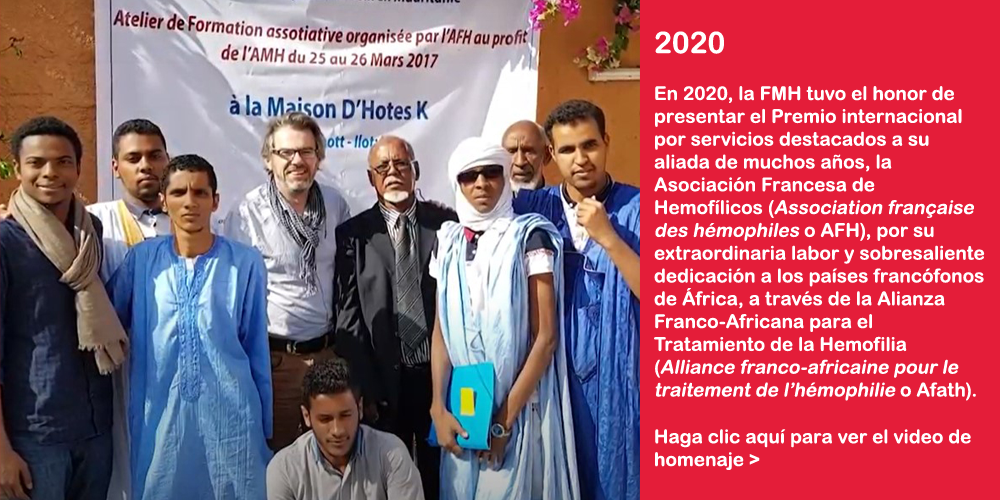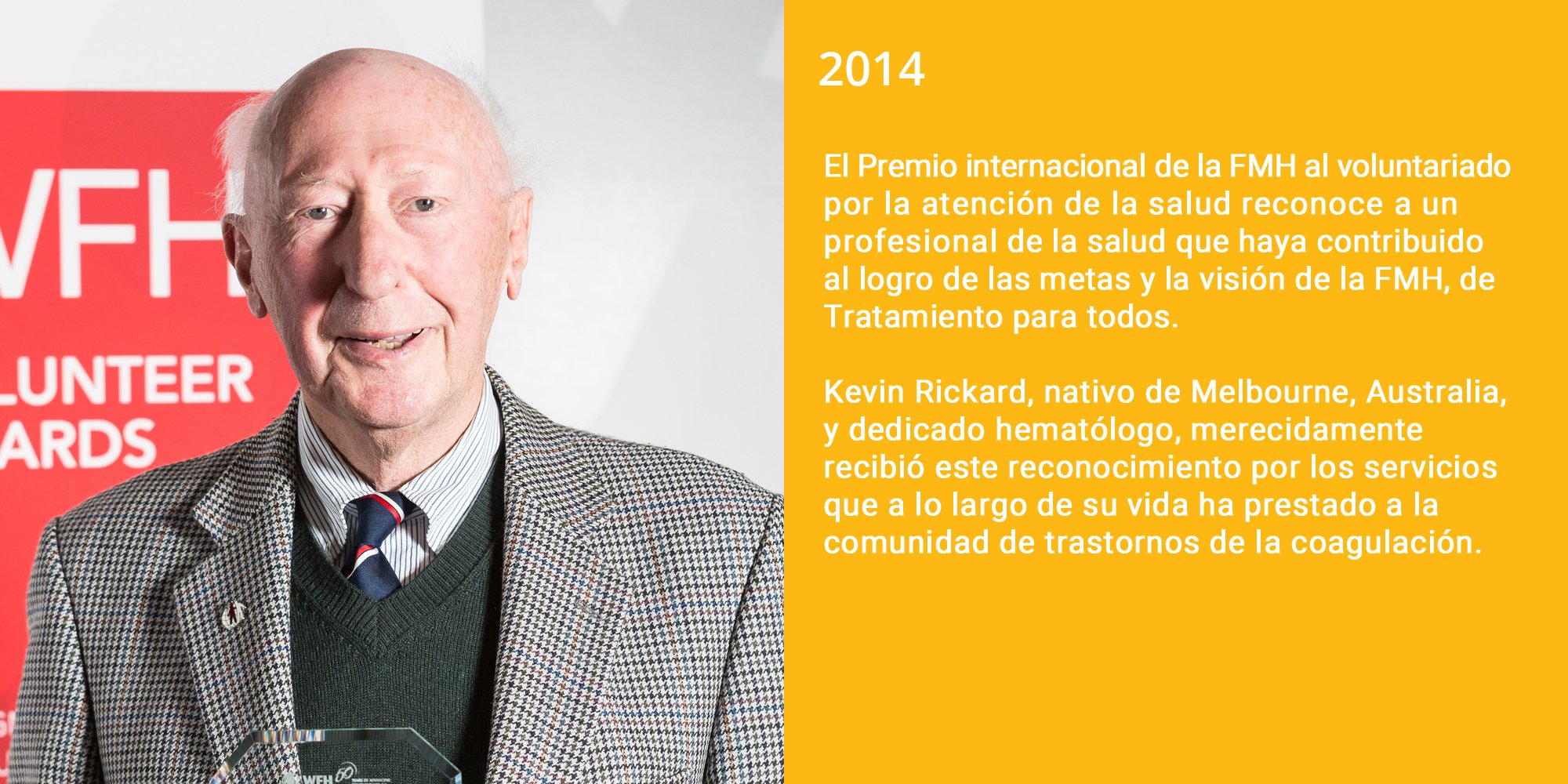GRADE es un método riguroso y bien establecido para evaluar pruebas científicas tomando en cuenta factores tales como diseño del estudio, riesgo de sesgo y sesgo de publicación. Ofrece un proceso transparente para elaborar recomendaciones basadas en pruebas confiables. No obstante, la aplicación de la metodología GRADE a la preparación de guías médicas en el contexto de enfermedades poco comunes es más compleja y podría requerir adaptaciones específicas. El artículo Contrasting Approaches in the Implementation of GRADE Methodology in Guidelines for Haemophilia and von Willebrand Disease (Enfoques contrastantes en la implementación de la metodología GRADE para guías sobre la hemofilia y la enfermedad de Von Willebrand) analiza el uso deficiente del sistema GRADE en la elaboración de las guías de la ISTH para el tratamiento de la hemofilia. El artículo fue publicado por un equipo de 48 partes interesadas en el campo, integrado por expertos en hemofilia, investigadores, médicos, pacientes y defensores de pacientes, quienes representan a varias organizaciones de todo el mundo, entre ellas AICE, AHAD-AP, AHCDC, ATHN, CLAHT, EHC, CRH y MHEMO francesas, HTCCNC, NBDF, PEDNET, UKHCDO y la Federación Mundial de Hemofilia (FMH).
Este es un resumen (en inglés) en lenguaje sencillo del artículo Contrasting Approaches in the Implementation of GRADE Methodology in Guidelines for Haemophilia and von Willebrand Disease. Para leer la versión completa haga clic aquí.
New guidelines for the management of hemophilia have recently been released by the ISTH, generating numerous reactions throughout the global community. These guidelines were developed by strictly applying the most rigorous approach of the methodology approach called GRADE, which only considers the results of so-called randomized clinical trials as valid. These studies compare the effectiveness of several treatments administered to patients, ideally selected randomly. However, such studies are very rare in hemophilia and often difficult to conduct due to the rarity and heterogeneity of the disease.
The strict application of GRADE has led the ISTH to develop guidelines proposing limited, conservative, and unambitious therapeutic principles for hemophilia which fail to consider newer treatment options.
This article highlights the missed opportunities by these ISTH guidelines. It presents a substantial number of arguments showing that adaptation of GRADE methodology could have been possible and valuable in this field. This approach should have included the plethora of scientific data available from registries and real-world studies. It should have also integrated the multiple patients-related outcome data, without overlooking the perspectives of experts familiar with these innovations. Such a scientifically validated use of GRADE, applied to other diseases, could have resulted in guidelines that reflect the true potential of new therapeutic options for hemophilia and, above all, meet the legitimate aspirations of an entire community.
Si desea leer el artículo Contrasting Approaches in the Implementation of GRADE Methodology in Guidelines for Haemophilia and von Willebrand Disease haga clic aquí. Si desea leer las Guías de la FMH para el tratamiento de la hemofilia, 3a edición, haga clic aquí.












